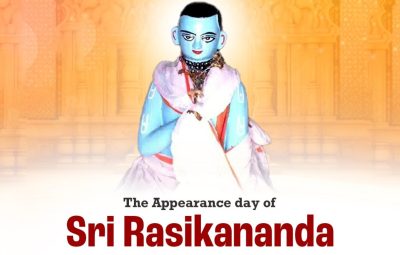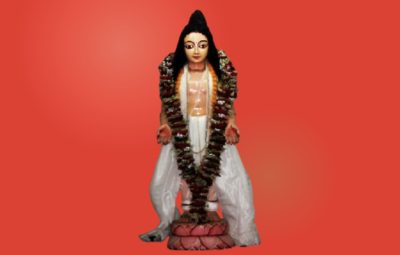Snana Yatra, with its ancient devotional roots and rituals, is one of the most cherished festivals, inviting all to receive Lord Jagannatha’s grace.
Snana Yatra, also known as Snana Purnima, is a spiritually significant and visually grand festival celebrated at the world-famous Sri Jagannatha Temple in Puri, Odisha. Observed annually on the full moon day of Jyeshtha month, it marks the ceremonial bathing of Lord Jagannatha, Baladeva, Subhadra, Sudarshana Chakra, and Madana-mohana (the Utsava Vigraha).
This unique celebration, held a fortnight before the Jagannatha Ratha Yatra, attracts lakhs of devotees from across the world. The festival is greatly anticipated by devotees as it is a day when the Lord’s mercy overflows for all, including to those who are generally unable to enter the temple premises. Darshan of Lord Jagannatha on this day absolves one of all sins and bestows divine blessings.
Table of Contents
Scriptural Origins and Historical Legacy
The tradition of Snana Yatra finds mention in the Skanda Purana, where it is described that King Indradyumna, when he first installed the Deities at Puri, performed this bathing ceremony. Hence, Snana Yatra is also regarded as the appearance day of Lord Jagannatha, Baladeva, and Subhadra.
A captivating pastime associated with this festival recounts the story of a devoted follower of Lord Ganesha. Upon visiting Puri, this devotee anticipated that Lord Jagannatha would resemble his worshipful Lord Ganesha. Disheartened by the Deity’s appearance, he resolved to leave Puri. However, moved by the sincerity of his devotion, Lord Jagannatha manifested a divine form with an elephant face, thereby fulfilling the devotee’s heartfelt desire.
Since then, Lord Jagannatha and Lord Baladeva are adorned in an enchanting Hathi Vesha or Gaja Vesha (elephant attire) during this celebration—a symbolic gesture underscoring the Lord’s compassion and universality.
Rituals and Celebrations
On this auspicious day, the Deities are brought from the sanctum sanctorum in a grand procession to the Snana Mandap, a decorated bathing platform located in the north-eastern section of the temple, near the famed Ananda Bazaar. The platform, elevated approximately 30 feet from the ground, becomes the focal point of the sacred bathing rituals.
Here, the Deities are ceremonially bathed with 108 pots of sanctified water, drawn from the Suna Kua (Golden Well) within the temple premises.
Following the Snana, the Deities are adorned in the distinctive Hathi Vesha that captivates the hearts of devotees. This rare and divine sight draws pilgrims from far and wide, as it is one of the few occasions when everyone can have darshan of the Lord.
After the Snana Yatra, the Deities are believed to fall ill due to the elaborate bathing ceremony and enter a 15-day period of seclusion known as anavasara. During this time, They are not available for public darshan. This period concludes with Their majestic reappearance during the Ratha Yatra, signifying Their return in youthful splendour (nava-yauvana).
In conclusion, Snana Yatra, with its rich scriptural foundation, elaborate rituals, and universal appeal, is one of the most cherished festivals, inviting all to bathe in the grace of the Lord.
Snana Yatra at ISKCON Vaikuntha Hill
In keeping with the traditions of Puri, ISKCON Vaikuntha Hill in Vasanthapura also celebrates Snana Yatra with deep devotion.
Join us on 11 June 2025, from 5:30 onwards for the grand celebrations. Participate in this immersive spiritual experience and make use of the divine opportunity to connect with the merciful Lord Jagannatha in a personal and profound way.
Related links: Snana Yatra | Sri Rajadhiraja Govinda temple | How to reach | Route map







